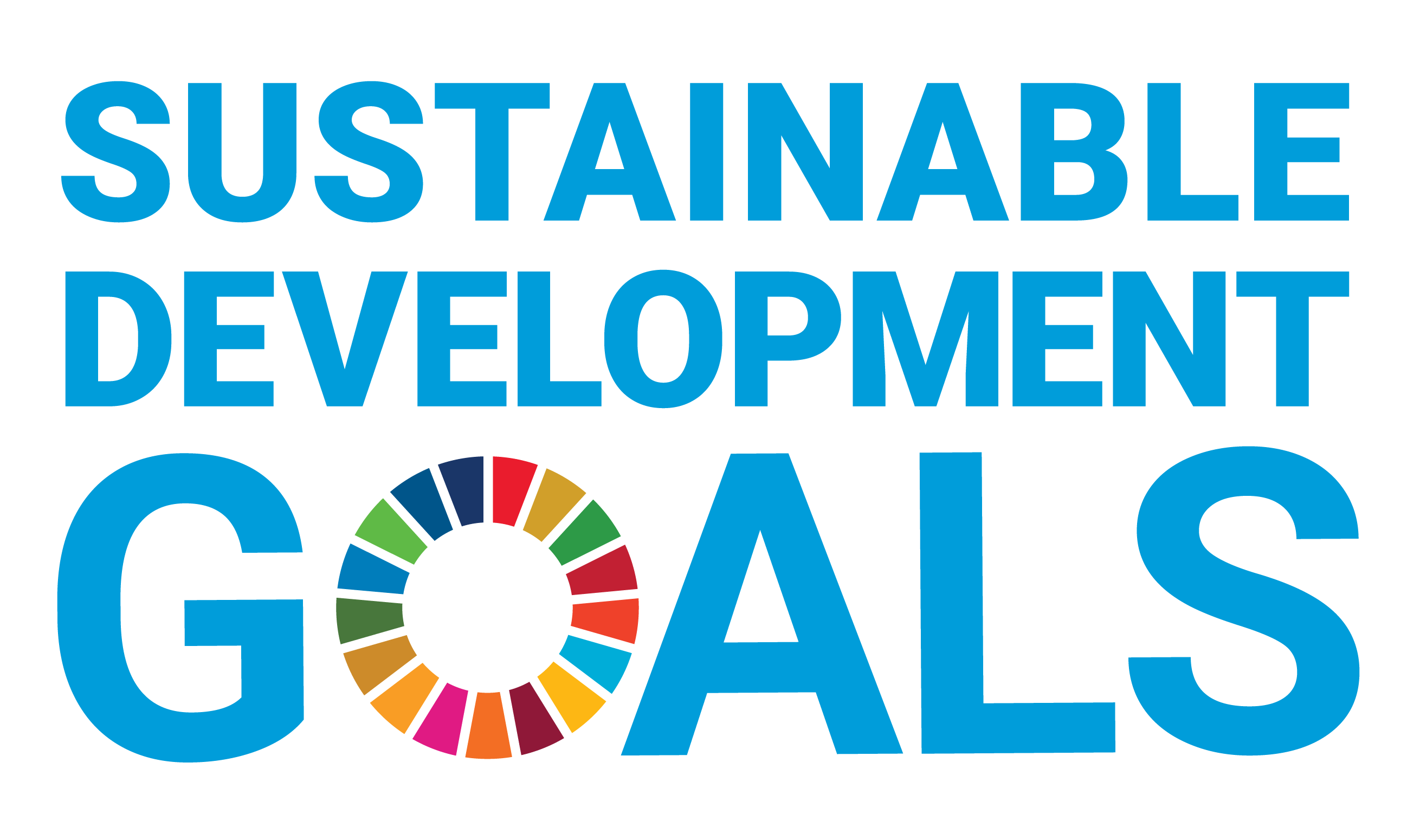Document Type
Article
Publication Date
5-9-2023
Abstract
Archaeological research in the Philippines has produced a timeline of currently over 700,000 years of human occupation. However; while an initial presence of early hominins has been securely established through several radiometric dates between 700 ka to 1ma from Luzon Island; there is currently little evidence for the presence of hominins after those episodes until c. 67 to 50 ka for Luzon or any of the other Philippine islands. At approximately 40 ka; anatomically modern humans had arrived in the Philippines. Early sites with fossil and/or artifactual evidence are Tabon Cave in Palawan and Bubog 1 in Occidental Mindoro; the latter situated in the Wallacean part of the archipelago. This paper presents an overview of the archaeological research on the prehistory of the Philippines from the Pleistocene until the Late Holocene and the arrival of the first farmers; presumably from Austronesian language groups approximately 4,000 years ago. Research on this topic has significantly intensified over the past 20 years and is providing a variety of evidence for the successful adaptation of those first islanders to maritime environments; the diversity of technological and subsistence strategies; and increasingly complex interrelationships across Island Southeast Asia.
Recommended Citation
Pawlik, A., & Fuentes, R. (2023). Prehistoric Hunter-gatherers in the Philippines—Subsistence strategies, adaptation, and behaviour in maritime environments. Frontiers in Earth Science, 11, 1-11. https://doi.org/10.3389/feart.2023.1110147
Included in
Archaeological Anthropology Commons, South and Southeast Asian Languages and Societies Commons



